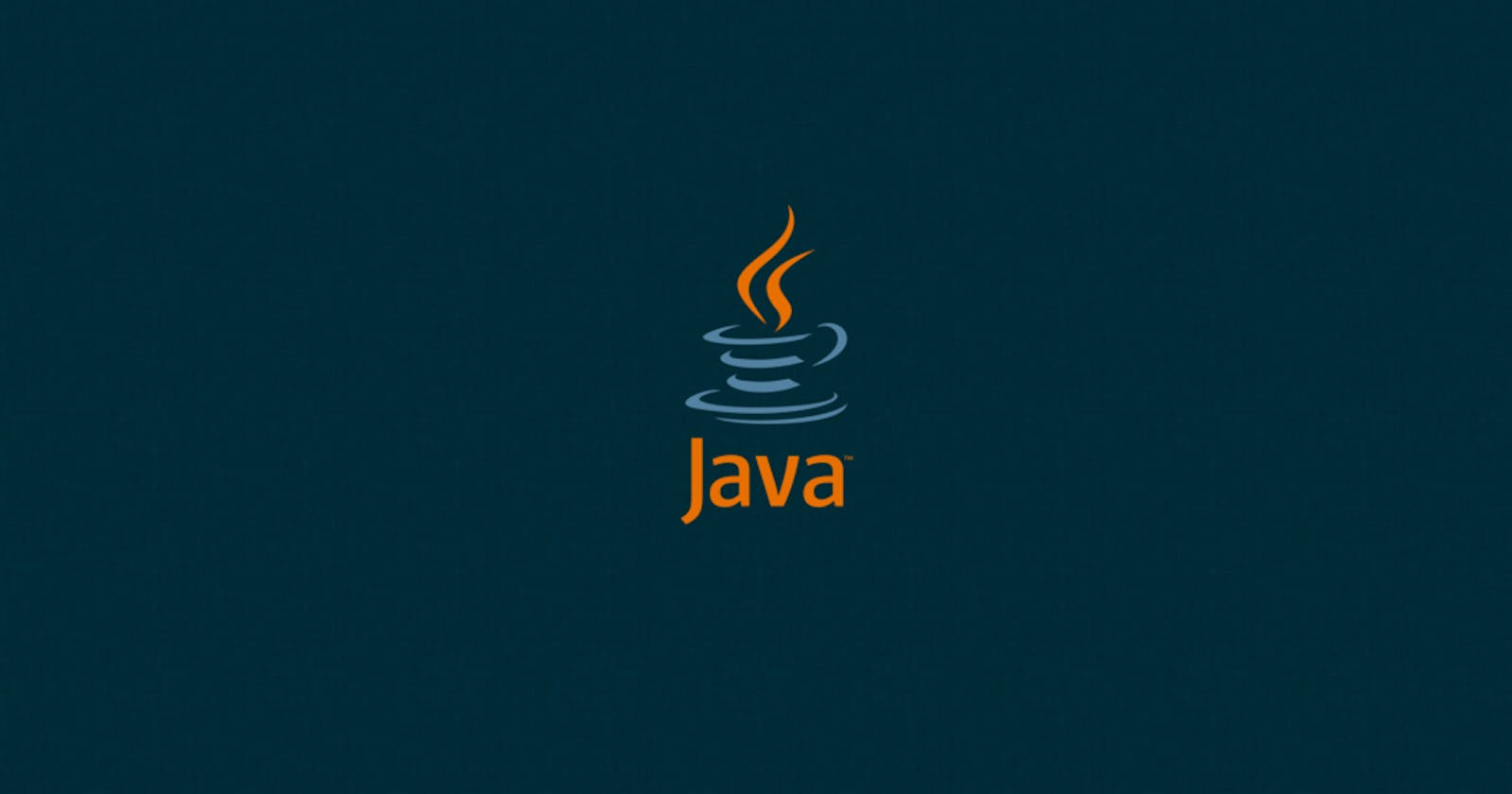Types Of Exception
Checked Exception: In this type of exception, the exception will occur at the runtime, but only thing is that the compiler will tell us in advance that an exception may occur
Unchecked Exception: In this type of exception, the exception will occur at runtime but the compiler will not inform us that an exception may occur
Exception Ducking
Suppose we write a class and then we want to check for an exception, then we have to write multiple try-catch blocks in order to check and catch an exception
Alternatively what we can do is we can let the caller try and catch the exception this is called an exception ducking
The advantage is we the caller will check for exception
We generally use this method for a checked exception
Re-throwing an Exception
An exception can be rethrown in a
catchblock.This action will cause the exception to be passed to the calling method. If the rethrow operation occurs in the
mainmethod then the exception is passed to the JVM and displayed on the consoleThe purpose of the rethrow operation is to get the attention of the outside world that an exception has occurred and at the same time perform any contingency logic (such as logging) in the
catchblock
public class RethrowException {
public static void test1() throws Exception {
System.out.println("The Exception in test1() method");
throw new Exception("thrown from test1() method");
}
public static void test2() throws Throwable {
try {
test1();
} catch(Exception e) {
System.out.println("Inside test2() method");
throw e;
}
}
public static void main(String[] args) throws Throwable {
try {
test2();
} catch(Exception e) {
System.out.println("Caught in main");
}
}
}
Finally block
Irrespective of what happens this block always be executed
import java.io.*; class GFG { public static void main(String[] args) { try { System.out.println("inside try block"); // Not throw any exception System.out.println(34 / 2); } // Not execute in this case catch (ArithmeticException e) { System.out.println("Arithmetic Exception"); } // Always execute finally { System.out.println( "finally : i execute always."); } } } Output inside try block 17 finally : i execute always. Case 2: When the exception rises and handled by the catch block In this case, the program throws an exception but handled by the catch block, and finally block executes after the catch block. // Java program to demonstrate finally block in java // When exception rise and handled by catch import java.io.*; class GFG { public static void main(String[] args) { try { System.out.println("inside try block"); // Throw an Arithmetic exception System.out.println(34 / 0); } // catch an Arithmetic exception catch (ArithmeticException e) { System.out.println( "catch : exception handled."); } // Always execute finally { System.out.println("finally : i execute always."); } } }Finally vs return
Always remember finally will dominate the return
We cannot write finally alone always we have to use try block
example:
```java
class jeevan{
public int disp(){
try{
System.out.println("try catch");
return 10;
}
finally{
System.out.println("finally");
}
}}
class HelloWorld {
public static void main(String[] args) {
System.out.println("Hello, World!");
jeevan object = new jeevan();
System.out.println(object.disp());
}
}
//here the output will be
Hello, World!
try catch
finally
10
```
## Finally along with System.exit()
```java
class jeevan{
public void disp(){
try{
System.out.println("try catch");
System.exit(0);
}
finally{
System.out.println("finally");
}
}}
class HelloWorld {
public static void main(String[] args) {
System.out.println("Hello, World!");
jeevan object = new jeevan();
object.disp();
}
}
// output is
Hello, World!
try catch
```
## Rules For Overriding
1. If the parent class throws unchecked exception then , the child class can throw any unchecked exception or the same exception but not any checked execption
Exception Class hierarchy
- Refer the link here Link
Throw vs Throws
Throw is used to manually create the exception object
Throws keyword will return the exception object to the caller
Checked & Unchecked Exception
As we all know checked exception will occur at compile time, hence in order for the code to go ahead we need to handle it
We can handle it using try catch or using throws keyword
Unchecked exceptions occur at compile time hence there is no need for us to check it
